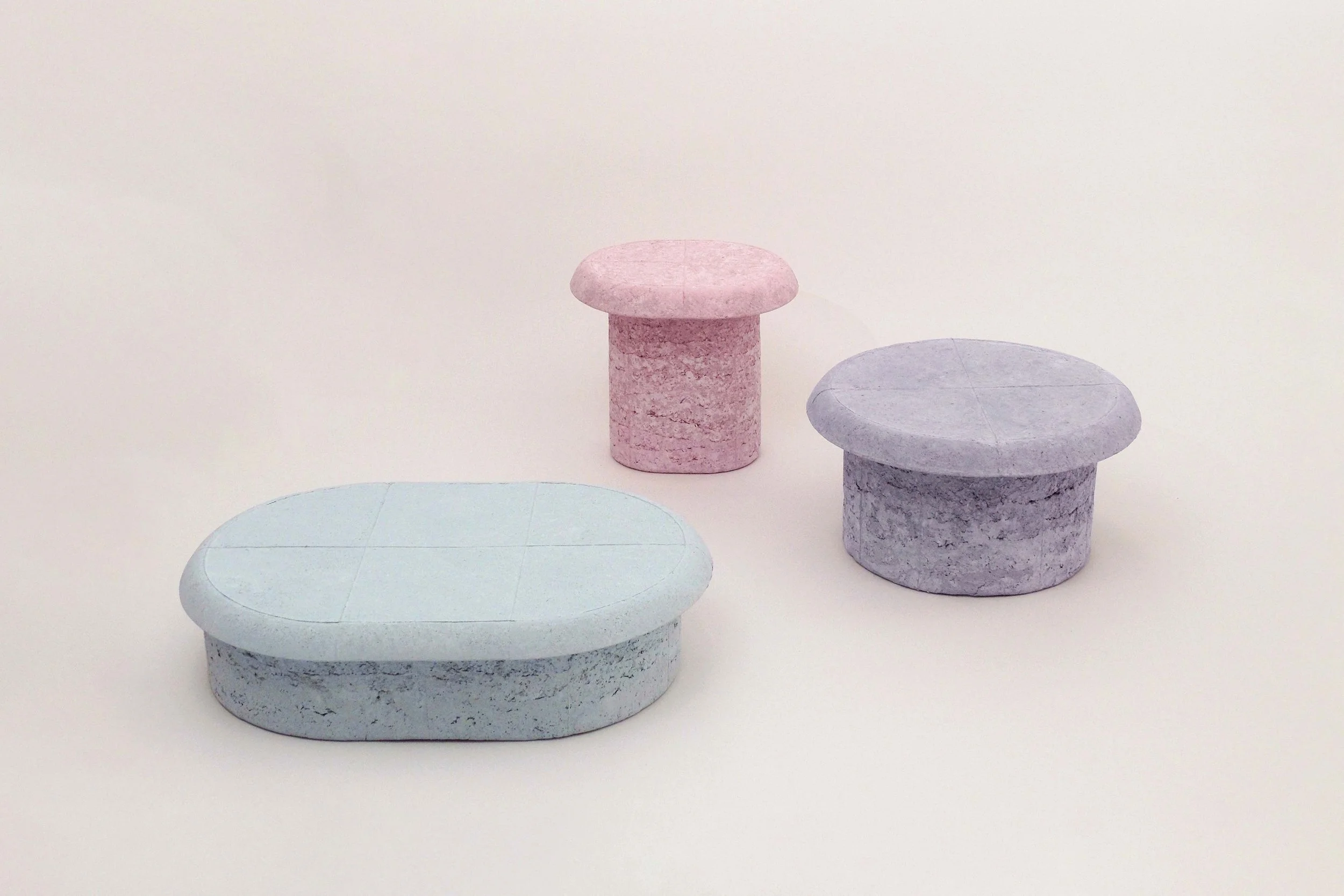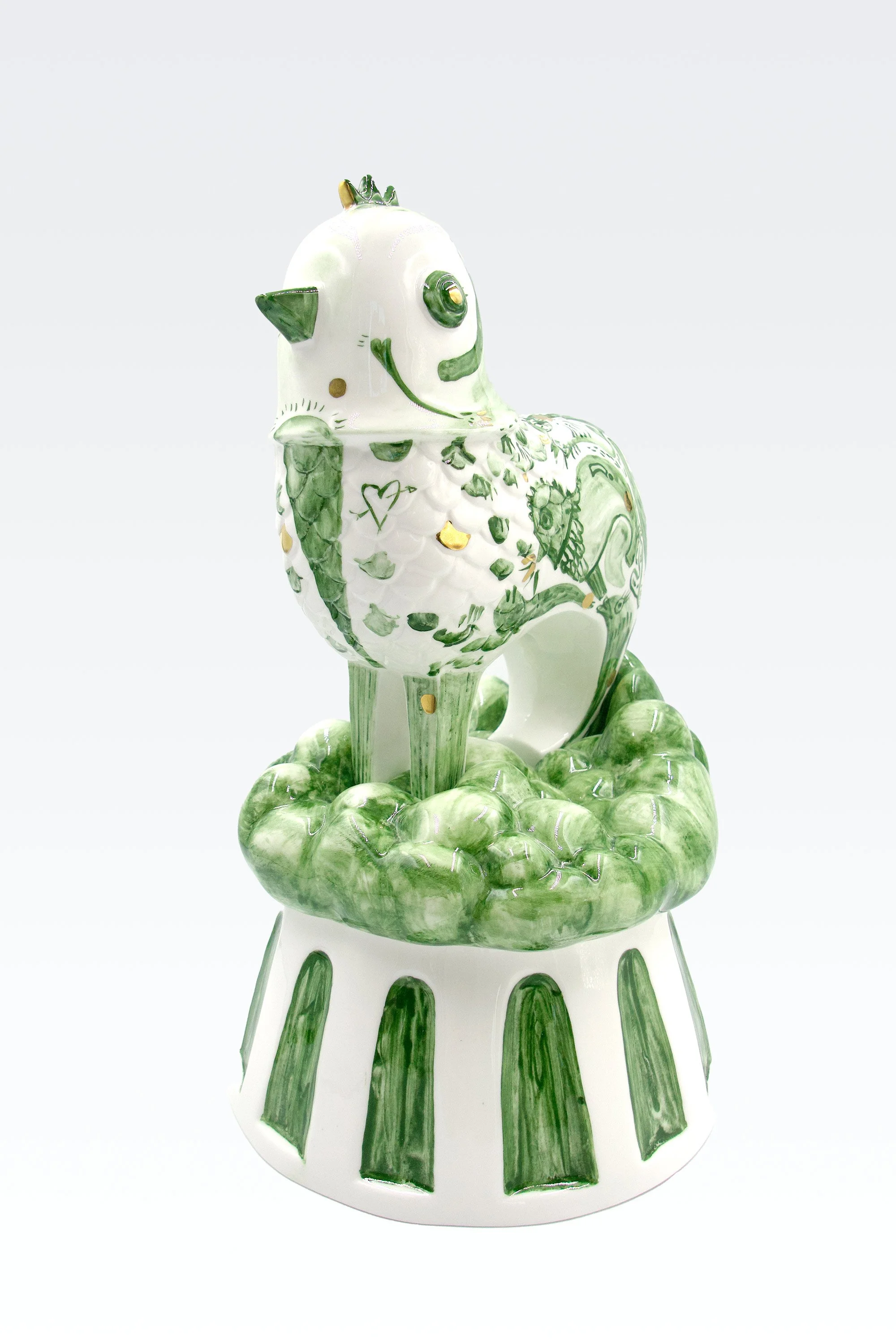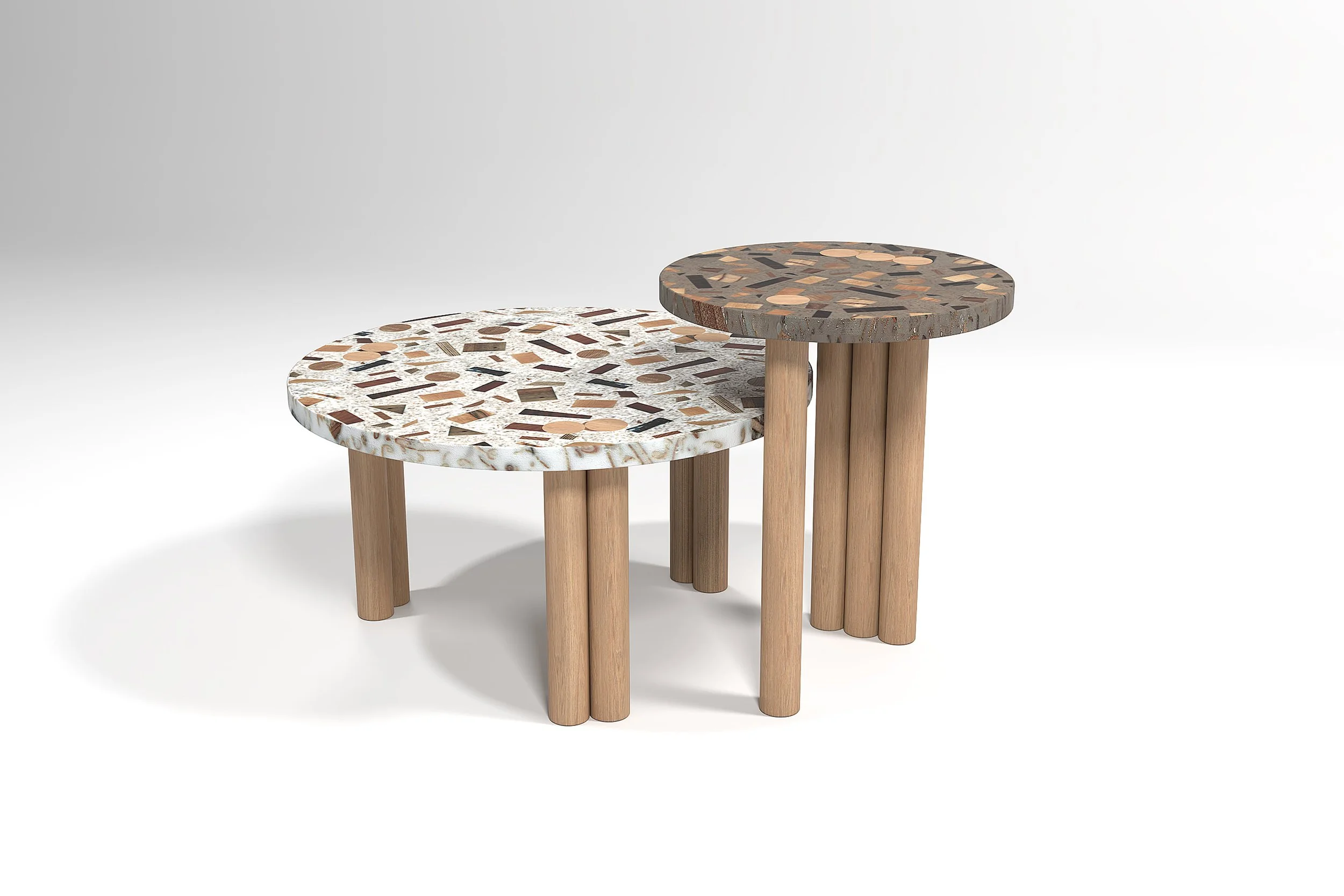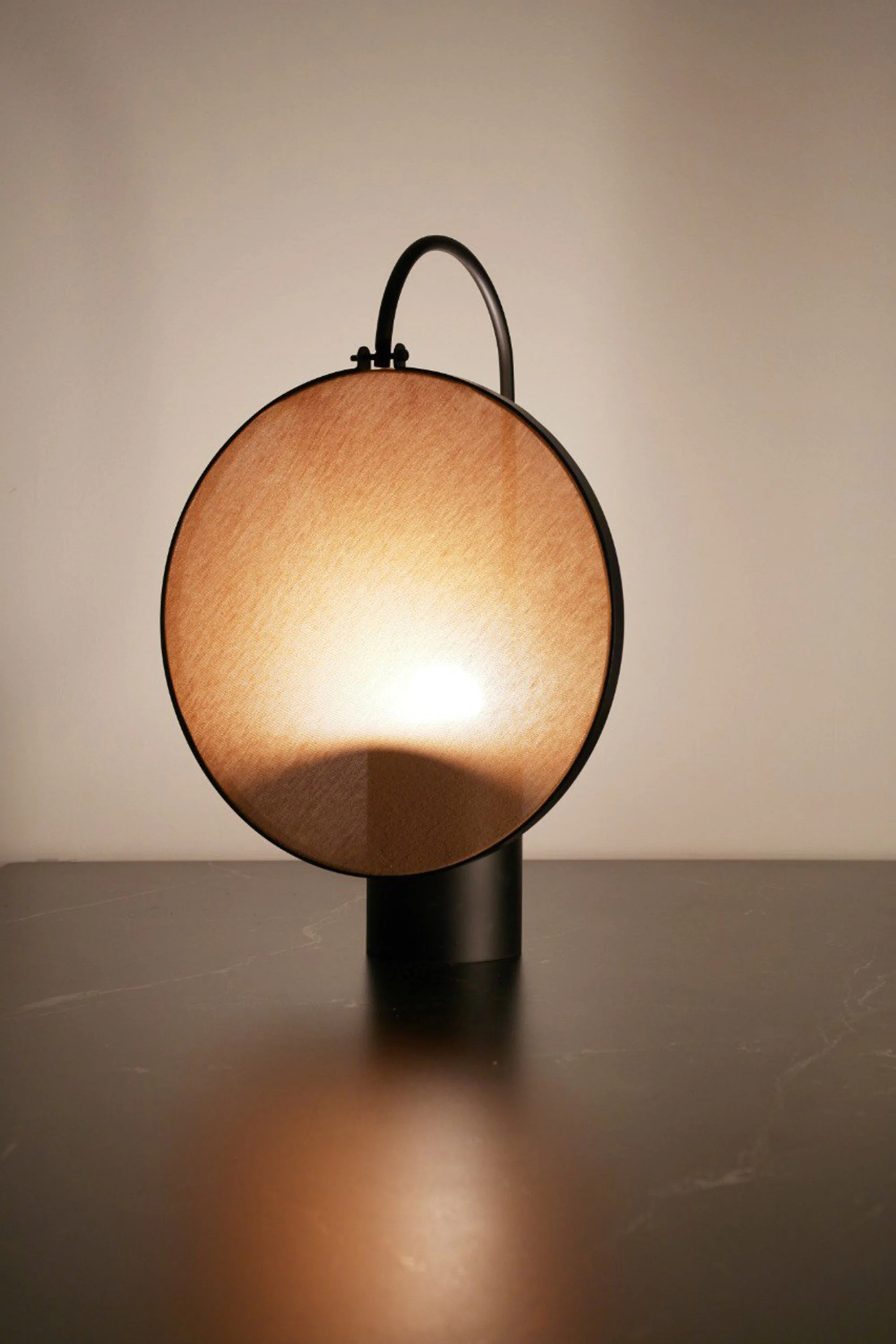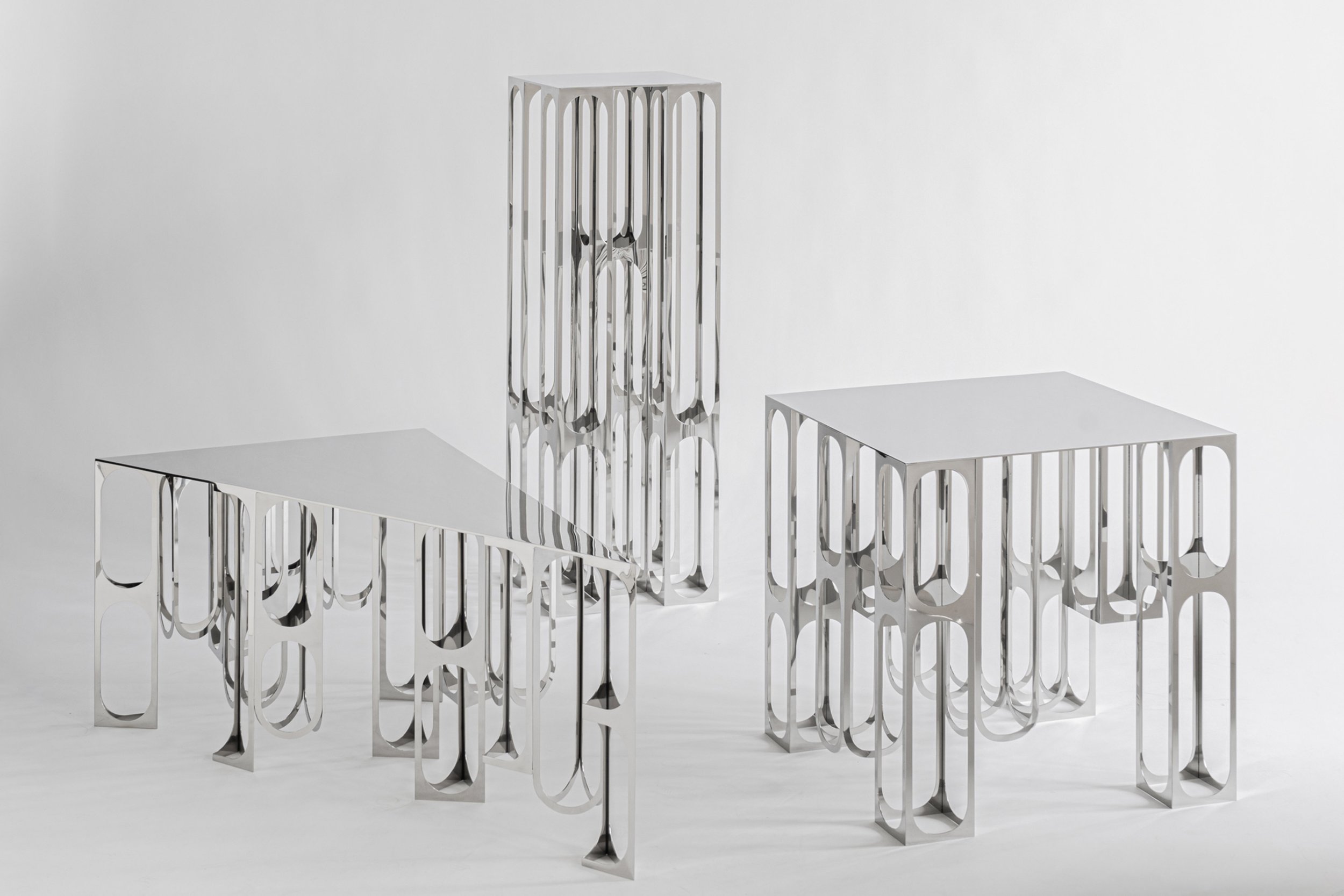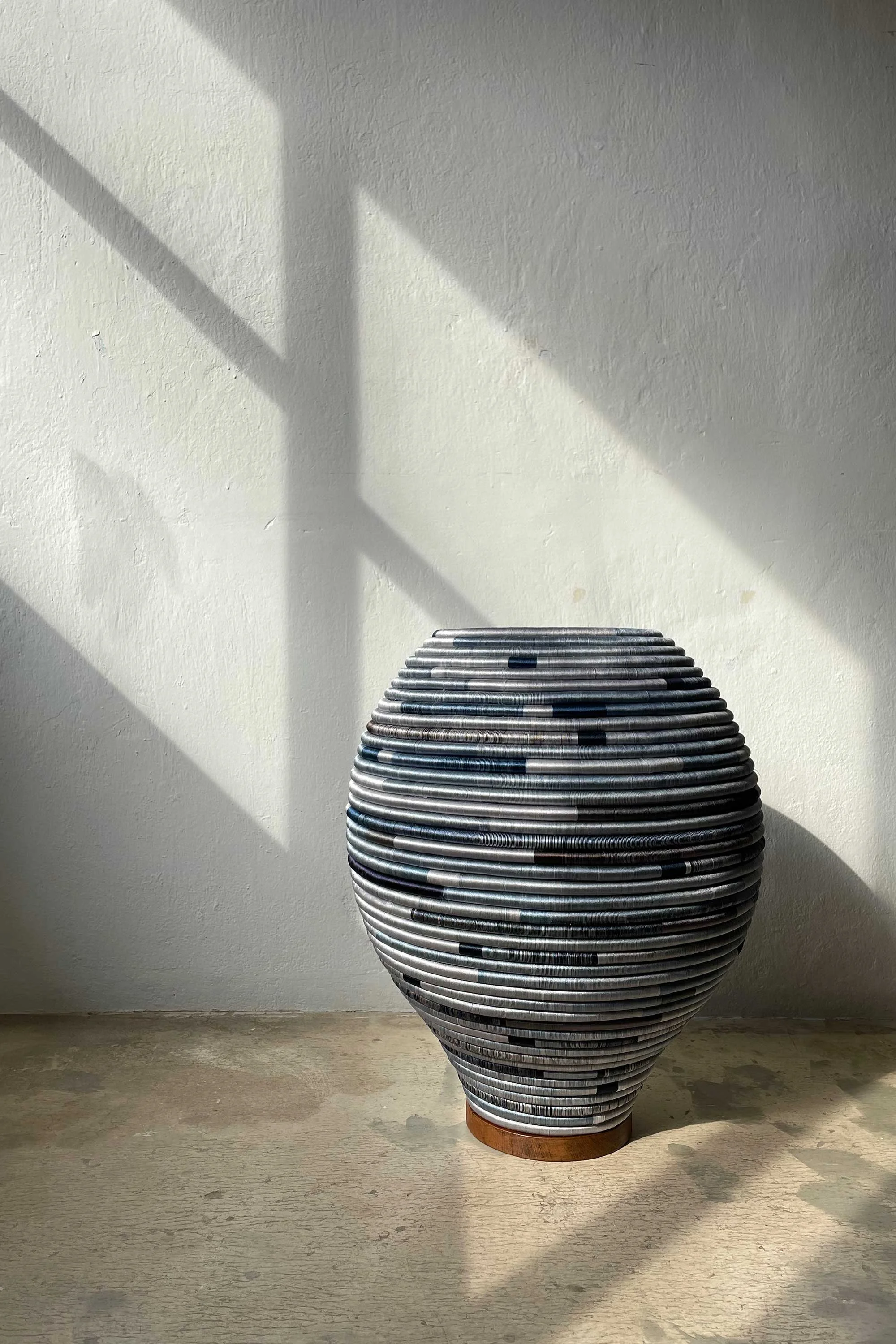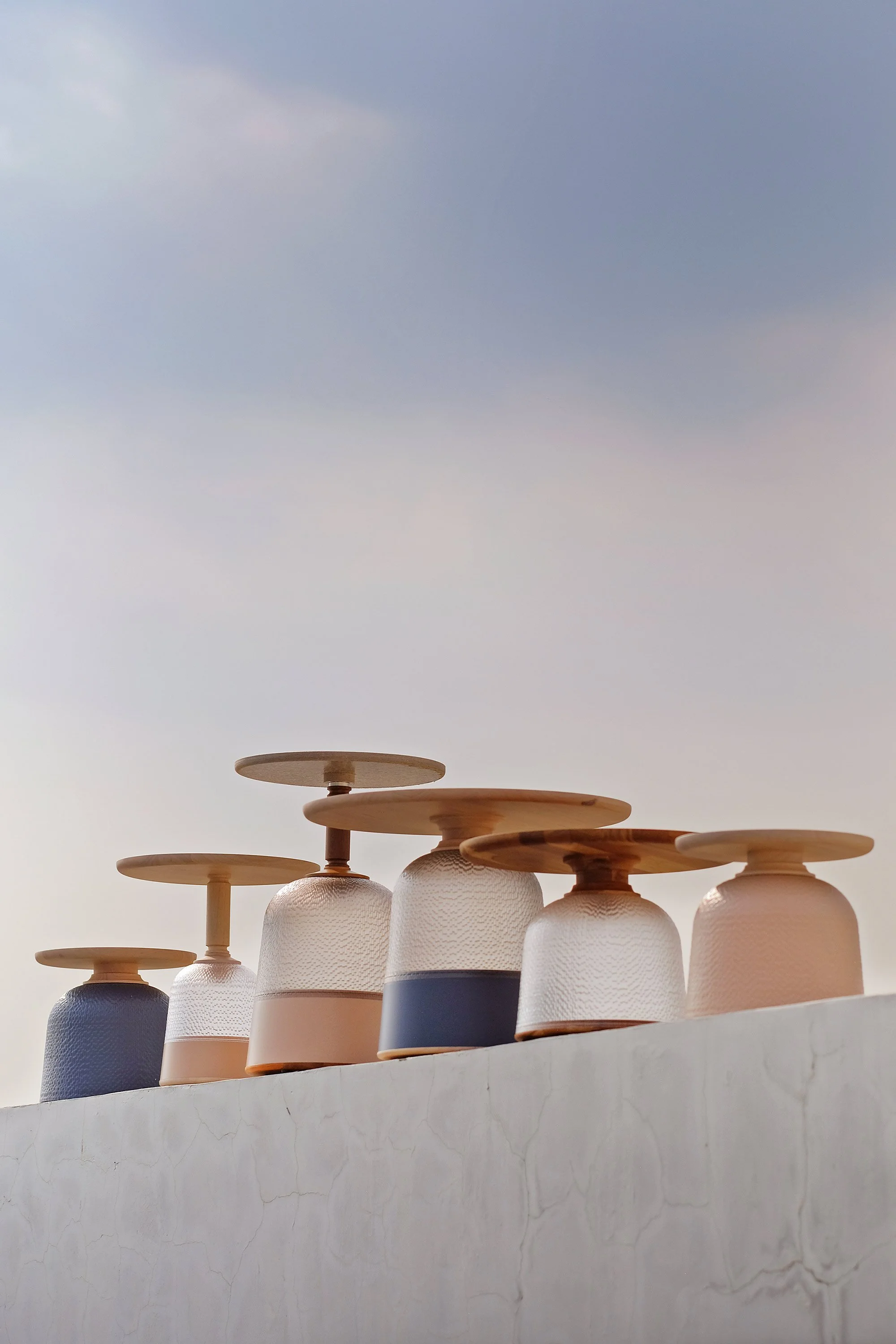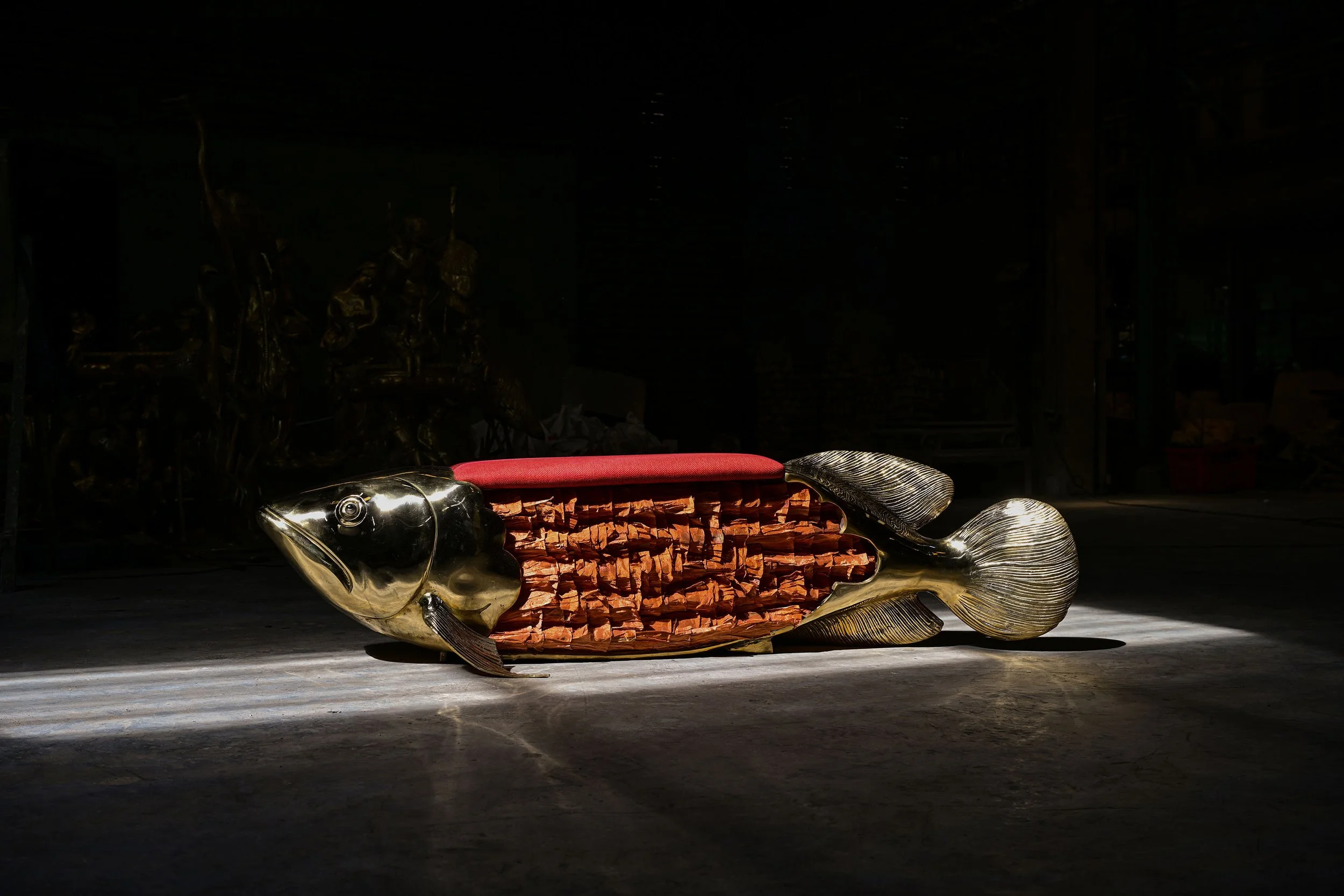Emerge 2024 Explores The Notion of Value through Its Theme ‘These Precious Things’
Image courtesy of Emeline Ong
Curated by Design Anthology co-founder Suzy Annetta, as part of Singapore’s Find – Design Fair Asia in September, Emerge shines a spotlight on recently graduated and emerging designers from Southeast Asia. We speak with Suzy and curatorial assistant Alysia Soon to find out more
Since its inauguration in 2022, Emerge has become an important platform highlighting up-and-coming designers. The third iteration continues its focus on designers from Southeast Asia and is structured around the notion of value and how we ascribe value, be it in an object or something more ephemeral.
Design Anthology: Can you explain how you decided on the curatorial brief this year?
Suzy Annetta (SA): For the past two editions of Emerge we’ve curated the works around materials and making. That felt to me the most logical way to start with a first-of-its-kind showcase such as Emerge. In those instances, I observed the work that the designers were already producing to find themes that we used to select and display the works. This year I felt it might be time for a change, so we decided to impose a brief on the designers and allow them to interpret and respond as they see fit, with the idea that we’d have the opportunity to get an insight into their thought processes.
So, the works deal with notions of value: what it is, who determines that, how it’s measured and how that might change in the future. What would you say are some of the overarching responses to these questions from the designers?
SA: As we were reviewing works for shortlisting, we noticed four groups begin to develop, basically of two categories with two groups in each. The designers in the first category looked inward to find value, and of those designers we identified two groups: some were thinking about spirituality, geomancy and divination, while the others thought about themes around tradition, culture, memory, identity, time and history.
The second category looked to external influences for notions of value. Of those, we noticed one group was passionate about process, making and craft, while the other were passionate about materials and their preservation. This second category was clearly also concerned about the environment and sustainability.
Alysia Soon (AS): Beyond the four groups, I noticed a collective effort among the designers to challenge our understanding of value within the contexts of capitalism and the identity of the modern designer in Southeast Asia. This was particularly intriguing, as it moved beyond surface-level interpretations and encouraged a deeper reflection on how societal forces shape our values. It also raised important questions about the evolving identity of Southeast Asian designers in a rapidly changing world. Through their work, the designers not only expressed their individual perspectives but also invited us to reconsider the broader implications of what we value and why.
Can you tell us about the curatorial process, and how you selected participants?
SA: The process of shortlisting involved reading through all of the submitted proposals, understanding what the designers were trying to achieve with the work and what they wanted to communicate in terms of the brief, and making a decision around how the body of work would fit together as a group show, not just as individual objects. There were also a few other criteria, such as ensuring we had some new names from each country this year, and that we had a significant number of recent graduates so that we could really emphasise the philosophy of Emerge.
AS: While we were looking through the proposals, Suzy and I made it a point to not only look at the aesthetics of the works but also the conceptual processes that the designers undertook. Of course, we placed particular emphasis on how the concepts responded to the brief on value. It was important that the works went beyond surface-level appeal and demonstrated thoughtful and meaningful engagement with the theme, rather than being chosen purely for their visual qualities.
Suzy Annetta
Alysia Soon
How do you go about finding new talent for Emerge?
SA: It’s been a process over a few years. We started with a database that I’d built up over the years through my role with Design Anthology, and it’s something we’ve been actively trying to build since the launch of Emerge. I’ve actively fostered connections with design schools across the region, and try to visit design weeks and design events regularly to meet young and emerging designers.What’s new for Emerge this year that visitors should look out for?
What’s new for Emerge this year that visitors should look out for?
SA: The main point of difference is that we’re partnering with The Artling to commercialise the show. It’s been amazing to create and foster opportunities for the participating designers, but to be able to help facilitate the sale of their work is really important.
What does Emerge, and the process of curating it, tell you about the state of design in Southeast Asia?
SA: I’d say that each year is a reminder of the talent in the region that’s still largely untapped or underutilised. It's such a privilege to bring the work of so many talented designers to a wider audience.
AS: I think Emerge has been able to highlight the region's unique blend of cultural richness and material innovation in design, showcasing designers who are deeply connected to their heritage while also pushing boundaries in sustainability and craft. I think this is a growing community that is deeply introspective and forward-looking, which is something that will be exciting to watch unfold in the coming years.
Are there any underrepresented groups of designers, e.g. in terms of gender, ethnicity, location or skill set, you’d like to see more of as part of Emerge in the future?
SA: It’s always a priority for me to have a balance of genders and backgrounds so that we can really show the diversity of talent in the region. I’m not sure why, but we’ve found it a challenge to find new names from Malaysia. We’re always keen to be connected with designers, so please reach out!
Image courtesy of Christopher Octaviano
Image courtesy of Nikko Wonoto
Image courtesy of Shahril Faisal Design
Image courtesy of Anh Tuan Nguyen
Image courtesy of Balak's
Image courtesy of Lilianna Manahan
Image courtesy of Elou
Image courtesy of Gin&G
Image courtesy of Tan Wei Xiang
Image courtesy of Calybraid
Image courtesy of Easestudio
Image courtesy of Takehomedesign
Image courtesy of Apiwat Chitapanya
Image courtesy of Khanh Linh Phan
Image courtesy of Thomas Vincent
Image courtesy of Studiohiji

